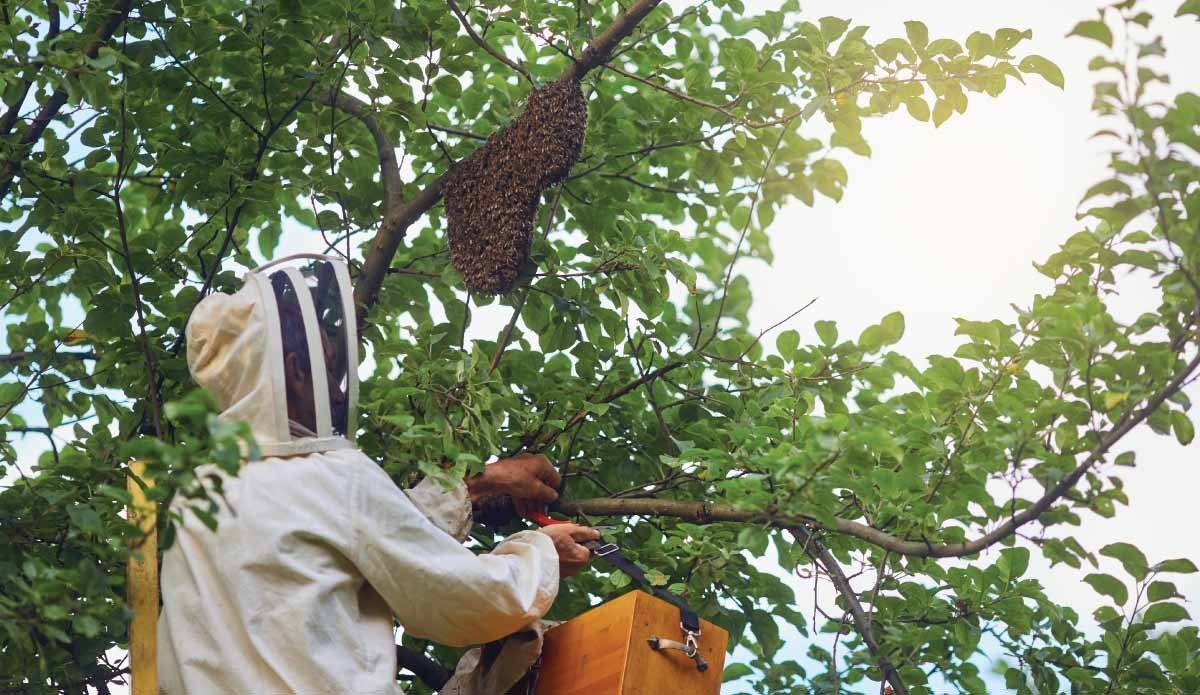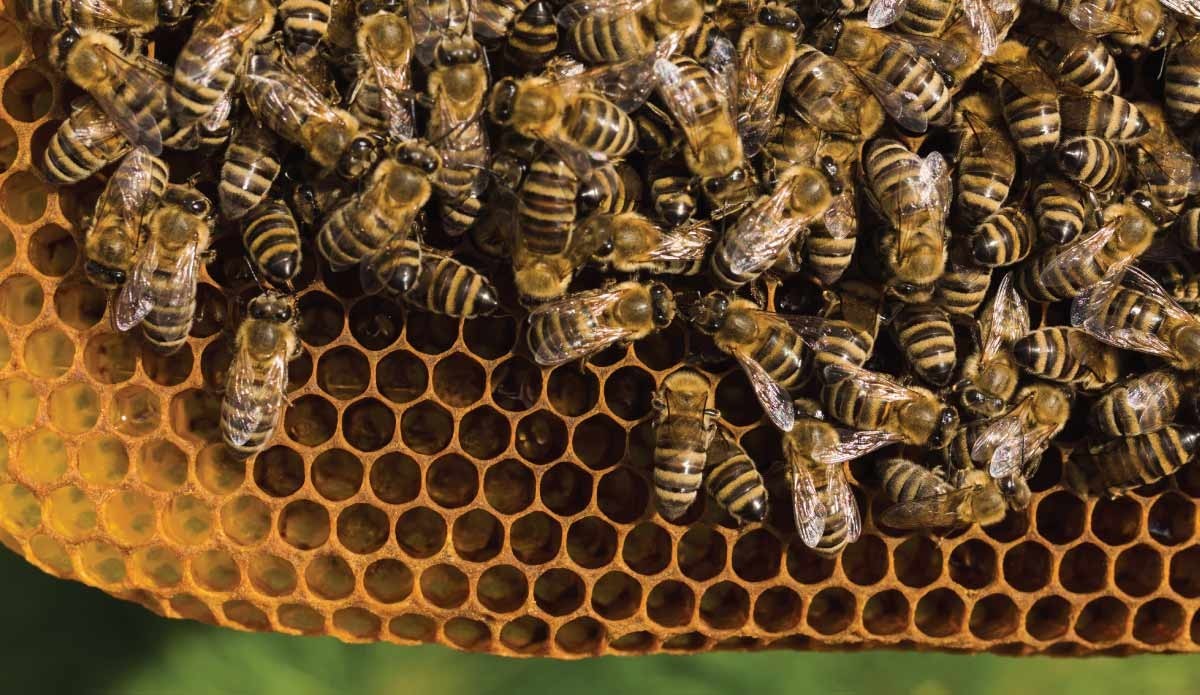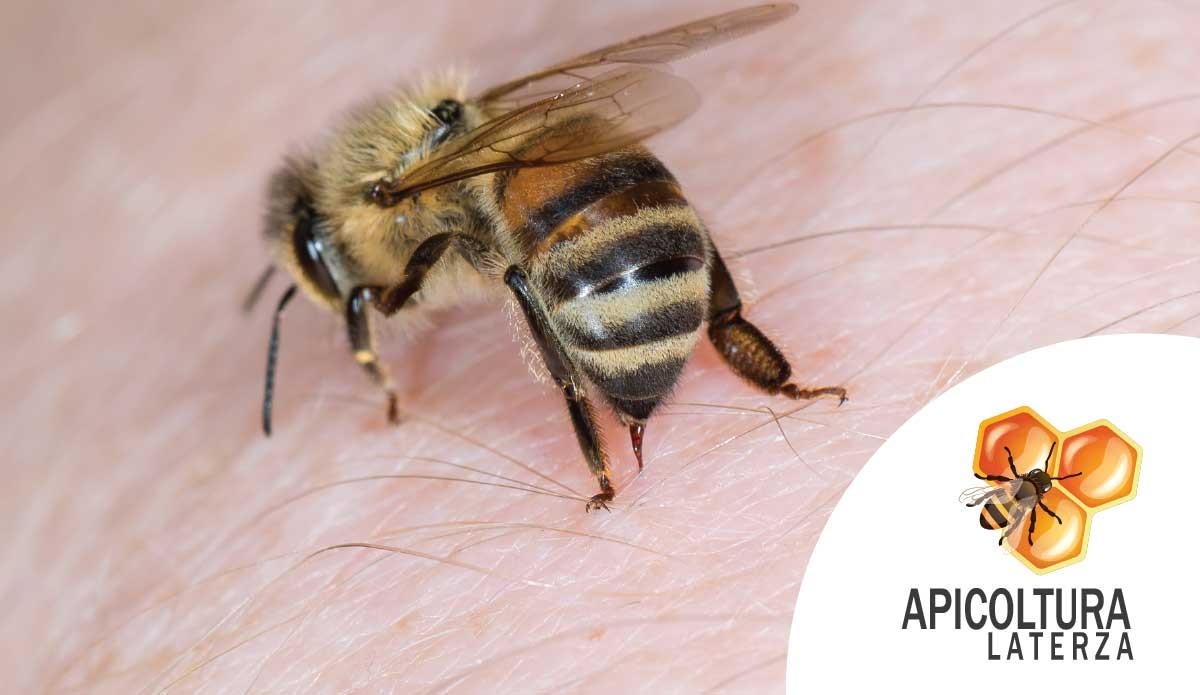Distinguish a beehive from a wasp nest

Honeycomb and wasp's nest: how do you recognize each other?
Very often we come across a honeycomb or even a wasp's nest . These situations, however similar they may seem, are very different. Removing a bee nest is a task for beekeepers, while in the case of insects that are dangerous to humans such as wasps, it is advisable to take care of them who are competent, in possession of the right tools.
During the summer months in general, there are numerous calls to the emergency room to remove wasp nests for public safety. In these cases, in fact, it is not the beekeeper who has to intervene. Bee keepers are mainly concerned with removing the hives since in these cases it is very important to preserve the safety of bees during the movement phase. When there are hives in the natural state it is advisable for professionals such as beekeepers to take care of them but the situation is different in cases of crawl spaces.
In 60% of cases, people find it difficult to identify a honeycomb and a wasp's nest. For this reason, for information purposes, we have decided to list the major differences between beehive and crawl space and also the difference between bees and wasps in outline. Here is some useful information.
Bees and wasps: the differences
More and more often there is confusion in identifying and distinguishing bees and wasps. On a purely aesthetic level and therefore in terms of appearance, it is possible to notice some very simple differences. Bees have a much stockier and shorter body than wasps. The bees are also covered with a small layer of down and the stripes of these insects are mainly black and dark yellow / ocher.
Wasps have a much more streamlined, larger body. They do not have fluff and the body colors are much more contrasting (black and light yellow).
An interesting difference is also in the diet. Wasps are not omnivorous insects. Their body is equipped with jaws that allow them to feed on other species as well as on plant substances. So if we are having an outdoor picnic and we notice striped insects approaching, it is almost certainly wasps, attracted to our food.
The bees on the other hand are herbivorous beings , without jaws but only with a mouth apparatus capable of collecting nectar and pollen from flowers .
Another important difference is the sting. Wasps have a smooth sting that allows them to sting repeatedly without detaching. The sting of bees, on the other hand, is slightly curved and serrated. This shape does not allow them to retract it from the human skin and after having stung, the sting detaches from the body of the bee causing its death.
Now that we've covered the major differences between bees and wasps, let's also learn how to recognize their nests.
Beehive and construction of hexagonal cells
A beehive or honeycomb follows a truly stunning structure. At the external level, we can define the shape of a beehive as that of an overturned goblet. In addition to natural environments such as tree branches, we can also find the presence of honeycombs on the roofs or cornices of homes.
The hive is built from hexagonal cells , manufactured by bees through wax (a substance produced directly by bees' glands.) A hive contains tens of thousands of individuals.
The appearance and composition of a wasp's nest
The wasp's nest looks very different from that of bees. As for its composition, a crawl space is built with a material very similar to cardboard and has a spherical shape. Wasps knead dry fibers directly with their saliva. Compared to honeycombs, wasps build their "home" less accurately since the nests are populated by very few specimens.
Initially the wasps' nest turns out to be very small, in fact the queen begins to build the crawl space with the size of a walnut. Subsequently, in the summer the nest grows very quickly and can reach the size of a soccer ball! The construction must accommodate a few dozen individuals that reach a maximum of 17mm in length (in the case of worker wasps). Hornets, on the other hand, are larger.
When you happen to come across different nests, be careful to always ask for help in removing them. Wasps are a very aggressive species that can be dangerous for humans.
Are you a beekeeper? Do you need to buy queens, cores or swarms?
Apicoltura Laterza has been involved for over 20 years in the production and sale of queen bees , bee cores, bee packs and swarms. Ours are selected Italian bees with an optimized genetic profile. Our swarms are sold with anti-varroa treatment already performed.
You will receive your order in no time. We ship our bees professionally and safely and provide you with a health certificate on the health of all bees.
Do you want to buy? Discover the promo on bee cores. Hurry up the promotion is limited!






